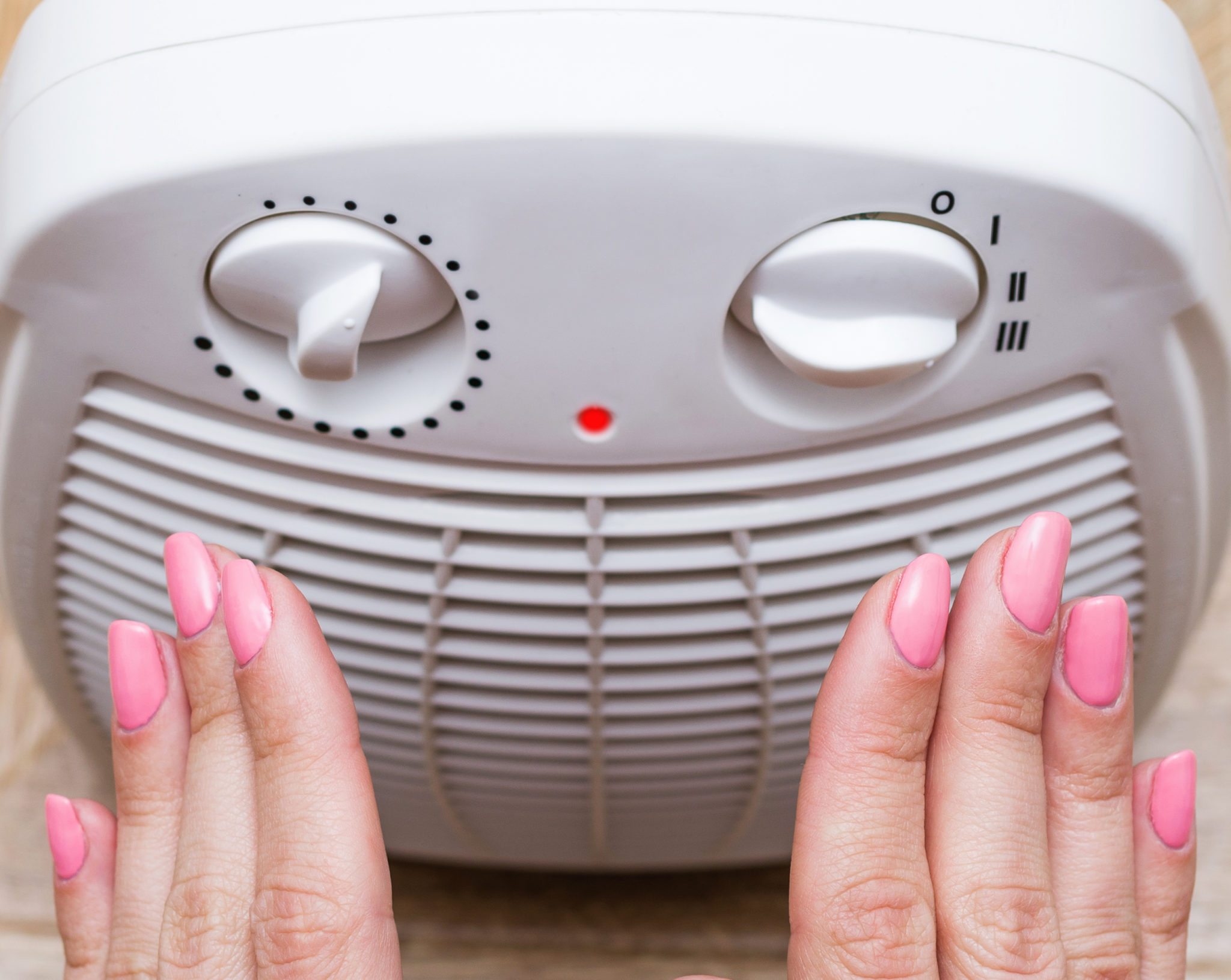
 Is there a single office on the planet with a consistently comfortable temperature? It seems we can never get it quite right — everyone is either sweating and peeling off layers in their cubicles or bundling up and investing in gloves with keyboard-friendly finger cutouts. A portable heater plugged in under a desk can do wonders to heat up a workspace, but it can also be a tremendous fire hazard.
Is there a single office on the planet with a consistently comfortable temperature? It seems we can never get it quite right — everyone is either sweating and peeling off layers in their cubicles or bundling up and investing in gloves with keyboard-friendly finger cutouts. A portable heater plugged in under a desk can do wonders to heat up a workspace, but it can also be a tremendous fire hazard.
According to the NFPA’s 2018 U.S. Home Fires Involving Heating Equipment report, space heaters caused 43% of home heating fires in the country between 2011 and 2015, and 85% of home heating fire deaths. In a 2018 press release, NFPA’s Outreach Advocacy Vice President Lorraine Carli advised people to “follow basic precautions” whenever using portable electric heaters. Those precautions include:
● Set up the heater on the floor, not a table. The surface should be level and nonflammable.
● Plug the heater into its own outlet. Sharing an outlet with an extension cord or other electrical device can cause dangerous overheating.
● Maintain a three-foot safety zone around the heater at all times, keeping children and pets away from it.
● Make sure the heater is not too close to curtains, rugs, sofas or any other upholstery. If it’s under a desk at work, place it far from books, notebooks and stacks of paper. If using it in a workshop, keep it away from combustible materials like matches and paint cans.
● Always turn the heater off when you leave the room. You never know when a quick trip to the kitchen for a glass of water can turn into a two-hour excursion, and you should never leave a space heater unattended. Fires involving unattended heating equipment accounts for about 7% of home fires.
● As tempting as it may be to stay as cozy as possible overnight, turn the heater off before you go to sleep. NFPA reports that house fires between the hours of midnight and 8am account for about 18% of home heating equipment fires, but they cause nearly half (48%) of heating fire deaths.
Almost half of a year’s heating-related home fires occur during January, February, and December, and 57% of heating-related home fire deaths happen during those three months. We’re in the midst of peak space-heater season, so be sure to remind your family and coworkers to use those devices safely.
Choosing a Space Heater
When it comes to deciding which portable heater to use, there are a lot of factors to consider. Luckily Consumer Reports, the magazine put out by the nonprofit Consumers Union, has done a lot of that research for us:
● Look for a heater with a safety certification label. This should be from an organization that performs unbiased, independent testing, like Underwriters Laboratories (UL) and CSA International.
● We’ve come a long way when it comes to the safety of electronic devices and most space heaters these days are equipped with shut-off features. Look for one with a sensor that cuts the heater off in the case of overheating. An automatic off switch in the case of it being knocked over is also ideal.
● Heating devices should always have long, sturdy cords. You always want to avoid plugging a portable heater into a power strip or an extension cord, so look for one with a cord that’s at least six feet long.
Consumer Reports conducts fire-safety tests on heaters, which involve draping a cloth over the heater to determine whether the sensor shuts it off in time to prevent burning the fabric. The organization’s space heater ratings are available here, and they don’t recommend purchasing one with a rating of “Poor.” The good news is, no heater on the market has failed the test entirely since 2012 — that was the Optimus H-5210, and it was later recalled.
According to Consumer Reports, here are some of the safest space heaters currently on the market:
● Dyson AM09, $450
● Vornado ATH1, $130
● Vornado VMH600, $150
We hope this information will help you to stay safe and warm this winter!

